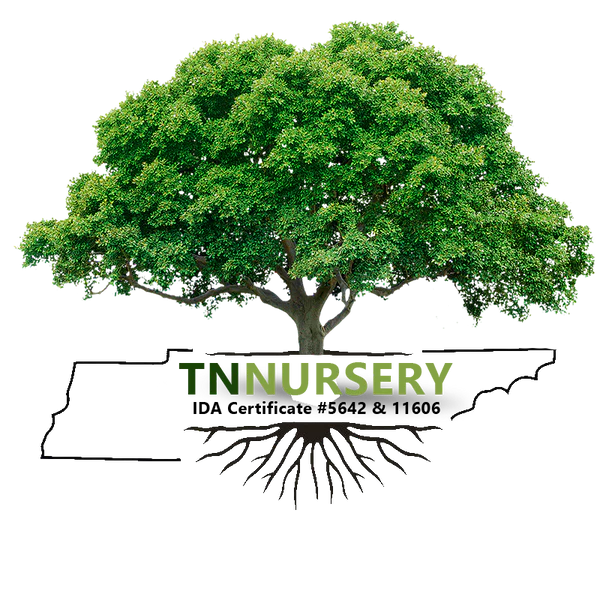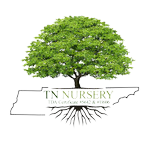Disease-Resistant Perennial Plants
If you're looking for low-maintenance and hardy plants for your garden, perennial plants are a great option. Perennial plants are known for their long lifespan, returning year after year with minimal effort. However, finding disease-resistant perennial plants can be a challenge. Whether a beginner or an experienced gardener, these plants will make your life easier and your garden more beautiful. Get ready to take your garden to the next level with these hardy and disease-resistant perennial plants.
Benefits of Using Hardy Disease-Resistant Perennials
Perennials are an excellent investment for any gardener because they are long-lasting and low maintenance. Unlike annuals, which need replanted yearly, perennials return year after year. It saves time and money on replanting and allows gardeners to focus on other aspects of their gardens.
Hardy perennials are also low maintenance. Once established, they require minimal watering, making them perfect for busy gardeners with limited time to devote to their gardens.
Characteristics of Hardy Disease-Resistant Perennials
Hardy disease-resistant perennials come in various shapes, sizes, and colors. They are known for their ability to withstand harsh weather conditions, such as extreme temperatures, drought, and heavy rainfall.
Hardy disease-resistant perennials are also known for their longevity. They can survive for many years, even decades, with proper care and maintenance. Gardeners can enjoy their beautiful blooms and foliage for many years.
Hosta - A Popular Hardy Disease-Resistant Perennial
Hostas are popular among gardeners for their striking foliage and low maintenance needs. They are known for their ability to thrive in shady areas and come in various sizes and colors.
Hostas are also known for their disease and pest resistance. They are also low maintenance.
To grow hostas:
Choose a shady location with well-draining soil.
Water them regularly.
Fertilize them yearly in the spring with a slow-release fertilizer.
Coneflowers - A Colorful Hardy Disease-Resistant Perennial
Coneflowers are colorful and hardy perennials that are easy to grow and maintain. They are known for their large, daisy-like flowers and come in various colors, including pink, white, and purple.
Coneflowers are also known for their disease and pest resistance. They require little watering and fertilization once established.
To grow coneflowers:
Choose a sunny location with well-draining soil.
Water them regularly.
Fertilize them year in the spring with a slow-release fertilizer.
Barrenwort
Barrenwort is known for its delicate and graceful flowers that bloom in early spring and its attractive foliage that stays green throughout the year. The leaves of the barrenwort plant are evergreen and have a heart-shaped appearance with serrated edges.
Barrenwort is a very adaptable plant. The plant is also resistant to deer and rabbits, making it an excellent choice for gardens where these animals are a problem.
Black-Eyed Susan - A Hardy Disease-Resistant Perennial for Attracting Pollinators
Black-eyed Susan is a hardy, disease-resistant perennial that attracts pollinators like bees and butterflies. They are also known for their bright yellow flowers.
Black-eyed Susan is also low maintenance and requires little watering and fertilization once established.
To grow Black-eyed Susan:
Choose a sunny location with well-draining soil.
Water them regularly.
Fertilize them yearly in the spring with a slow-release fertilizer.
Daylilies - A Hardy Disease-Resistant Perennial with Diverse Colors
Daylilies are hardy and disease-resistant perennials in various colors, including yellow, orange, pink, and red. They are also known for their long blooming season, which lasts from early summer to late fall.
Daylilies are low maintenance and require little watering and fertilization once established.
To Grow Daylilies:
Choose a sunny location with well-draining soil.
Water them regularly.
Fertilize them yearly in the spring with a slow-release fertilizer.
Russian Sage
It is considered a hardy and disease-resistant perennial plant. It is known for tolerating heat, drought, and poor soil conditions.
Salvia - A Hardy Disease-Resistant Perennial for Adding Height to Your Garden
Salvia is a hardy and disease-resistant perennial known for adding height to your garden. They come in various colors, including blue, purple, pink, and red.
Salvia is low maintenance and requires little watering and fertilization once established.
To grow salvia:
Choose a sunny location with well-draining soil.
Water them regularly.
Fertilize them yearly in the spring with a slow-release fertilizer.
Sedum - A Low-Maintenance Hardy Disease-Resistant Perennial
Sedum is a low-maintenance and disease-resistant perennial perfect for busy gardeners or those with limited time to devote to their garden.
Sedum is low maintenance and requires little watering and fertilization once established.
To grow sedum:
Choose a sunny location with well-draining soil.
Water them regularly.
Fertilize them yearly in the spring with a slow-release fertilizer.
Phlox - A Hardy Disease-Resistant Perennial with a Long Blooming Season
Phlox is a hardy and disease-resistant perennial known for its long blooming season, which lasts from early summer to late fall.
To grow phlox:
Choose a sunny location with well-draining soil.
Water them regularly.
Coreopsis - A Sunny Hardy Disease-Resistant Perennial
Coreopsis is a sunny and hardy perennial known for its bright yellow flowers. Coreopsis is low maintenance and requires little watering and fertilization once established.
To grow coreopsis:
Choose a sunny location with well-draining soil.
Water them regularly.
Conclusion
Perennials are an excellent investment for any gardener because they are long-lasting, low-maintenance, and disease-resistant. Hardy perennials are known to be strong and resilient, making them less susceptible to diseases and pests.
This guide has explored the benefits of perennial gardening, the different types of perennials, and how to choose the best ones for your garden.


